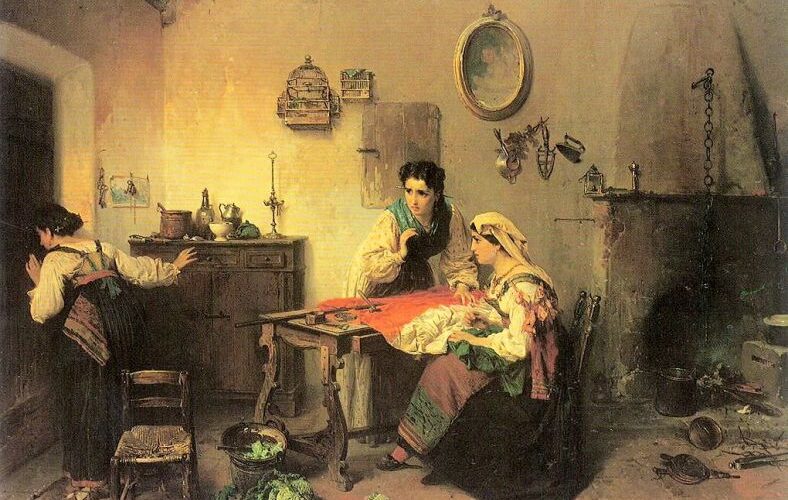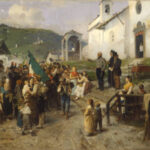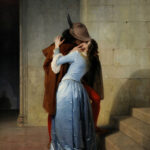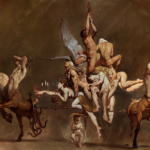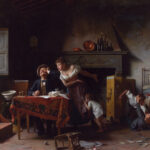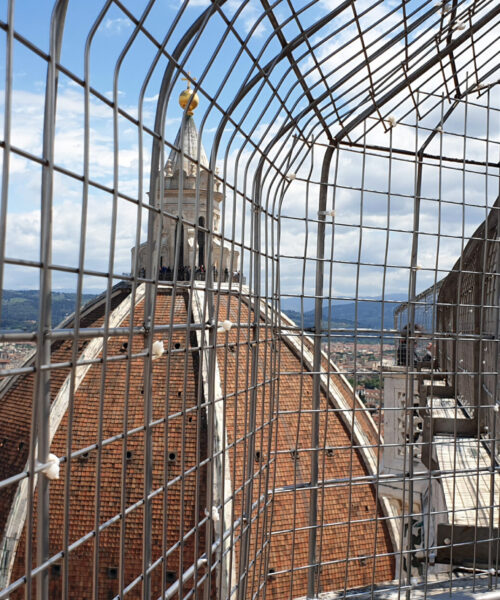January 7th, dedicated to the celebration of the Festival of the Tricolour, evokes images and emotions from a pivotal era in Italy’s history, the Risorgimento. To represent this historical and artistic period, it’s appropriate to mention two emblematic works: “April 26, 1859” by Odoardo Borrani (1833-1905), created in 1861, and “Rome, 1863 (The National Flag)” by Gerolamo Induno (1825-1890).
These works are not just artistic expressions but also testimonies of an intellectual fervor that spanned various fields, from painters and sculptors to writers and musicians. In this context, one cannot forget the figure of Giuseppe Verdi, whose surname became a symbol of resistance and national aspiration, cleverly eluding Austrian censorship with the acronym “Vittorio Emanuele King of Italy”.
Odoardo Borrani, in his creations, stands out for a stylistic approach reminiscent of the Quattrocento, featuring luminosity and stark contrast, combined with meticulous attention to detail and a scenic setting reminiscent of the painting of that era. His work embodies the precision and visual clarity typical of that period.
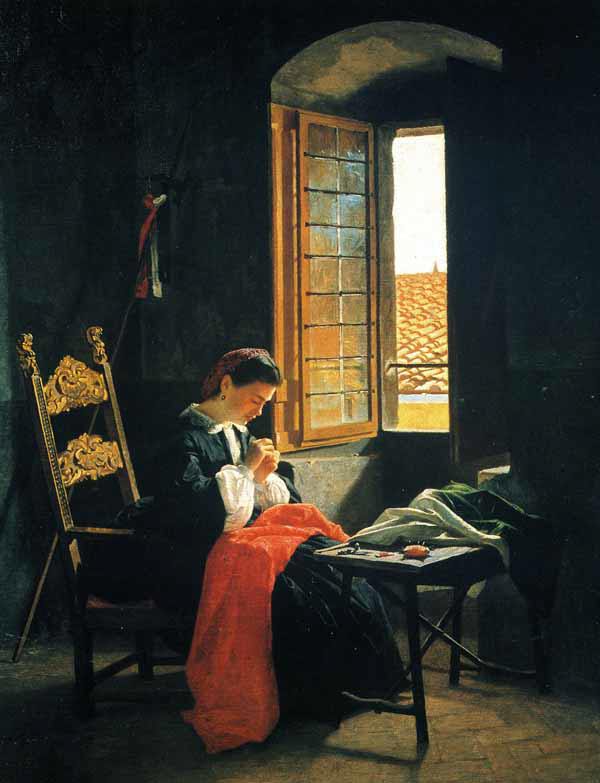
On the other hand, Gerolamo Induno, more influenced by the eighteenth century, prefers genre scenes that depict snippets of everyday life with captivating or sentimentally charged details. Induno, focusing his attention on common men, women, and children, often in humble conditions, amplifies the sentimental effect of his works, making them more relatable and understandable to the general public.
In both cases, there is an artistic communication that differs from previous epochs, reflecting the emerging need to focus on social issues. However, both Borrani and Induno do not neglect the bourgeois patronage, especially in portraits, which represented a vital source of sustenance for their art.
These works, therefore, not only artistically represent the Risorgimento period but also serve as a bridge between the everyday life of the people and the aspirations of an entire nation, seeking to fuse together the social reality and the idealistic vision of a united Italy. In this sense, they constitute not only artistic masterpieces but also historical and social documents of great significance.

